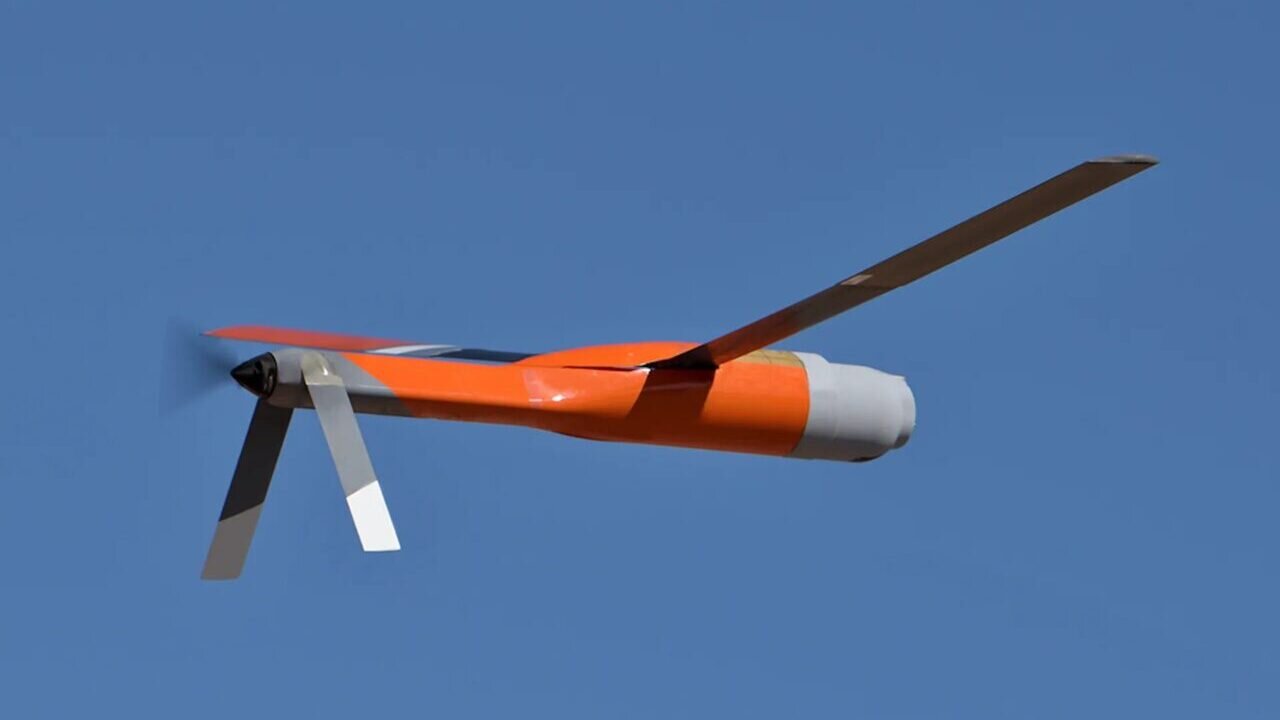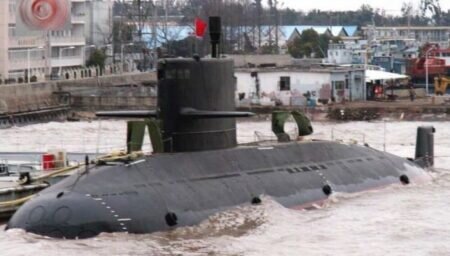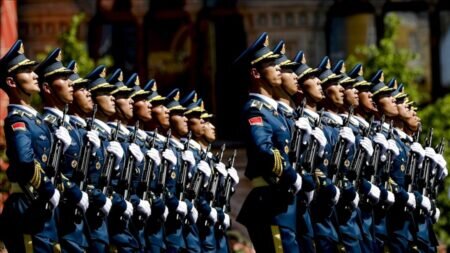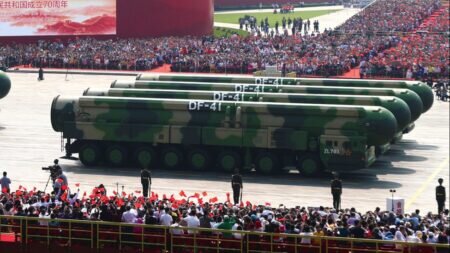The People’s Liberation Army is focusing on beefing up its defenses against adversaries’ tactical unmanned aerial systems, according to a new Pentagon report.
Loitering munitions — also known as kamikaze drones or one-way attack drones — and other small UAS have been featured prominently on the battlefields in Ukraine and have appeared in other locations. Nations around the world, including the United States, are developing and fielding them — and China is taking note.
“PLAA air defense units in 2022 concentrated on improving their tactical air defense against low and slow threats like Uncrewed Aerial Systems (UAS) and loitering munitions to meet evolving. air defense requirements,” per the Pentagon’s latest annual report on Chinese military capabilities, which was released Thursday. “Hybrid self-propelled air defense artillery systems (SPADA), gun air defense artillery, small focused electronic warfare systems, and Man-Portable Air Defense Systems (MANPADS) form the core of the PRC’s evolving solution to countering tactical UAS.”
Notably, last year’s Pentagon report about Beijing’s military efforts did not explicitly mention loitering munitions as an air-defense focus.
As an example of China’s counter-drone technology deployments, the new study noted that light combined arms brigades are being equipped with platforms that have a six-barreled 25mm rotary cannon — which might use programmable timed fuse pre-fragmented rounds — and four FN-16 man-portable air defense systems mounted on its turret.
In addition to kinetic systems that are designed to shoot down threats with projectiles and missiles, the Chinese military is also pushing ahead with electronic warfare tools that could potentially defeat drones.
“During 2022, the PLAA continued to emphasize the fielding and application of modern EW capabilities that are designed to maximize a unit’s combat effectiveness by detecting and degrading/disrupting adversary command and control communications as well as complicating an adversary’s use of tactical intelligence, surveillance, and reconnaissance (ISR) systems. Similar to the combined arms brigade’s fielding of EW capabilities, the PLAA’s air defense forces have rapidly fielded new counter-air electronic attack capabilities that will complement traditional air defense and support the PLA-wide anti-access, area-denial (A2AD) mission,” per the Pentagon report.
The Chinese military isn’t alone in trying to improve its defenses against tactical UAS. The U.S. Department of Defense is also concerned about these types of threats and is pursuing new tools to defeat kamikaze drones and other small uncrewed aerial vehicles that could operate independently or in swarms. Washington has also provided a slew of counter-drone weapons to Ukraine to help it fight off Russian attacks.
Meanwhile, China, like the U.S., is also trying to modernize its own drone fleet.
Beijing “continues its comprehensive UAS modernization efforts, highlighted by the routine appearance of increasingly sophisticated systems across theater and echelon levels. The last three years have seen several key milestones. These include the airshow display and operational appearance of the Xianglong jet-powered UAS, as well as the unveiling of both the supersonic WZ-8 UAS and a redesigned version of the GJ-11 stealth Unmanned Combat Air Vehicle … Advanced small UASs are increasingly appearing in both military and civilian applications, with Chinese industry remaining a key exporter of UASs and components of all sizes,” per the Pentagon report.
Air shows and trade shows are also featuring displays of a growing number of autonomous platforms and “teaming systems” capable of performing more complicated missions, it noted.
“In these concepts, Chinese developers are demonstrating an interest in additional growth beyond [intelligence, surveillance and reconnaissance] and EW into both air-to-air and air-to-ground combat, with a substantial amount of development displaying efforts to produce swarming capability for operational applications,” according to the study.
Source: DefenseScoop









